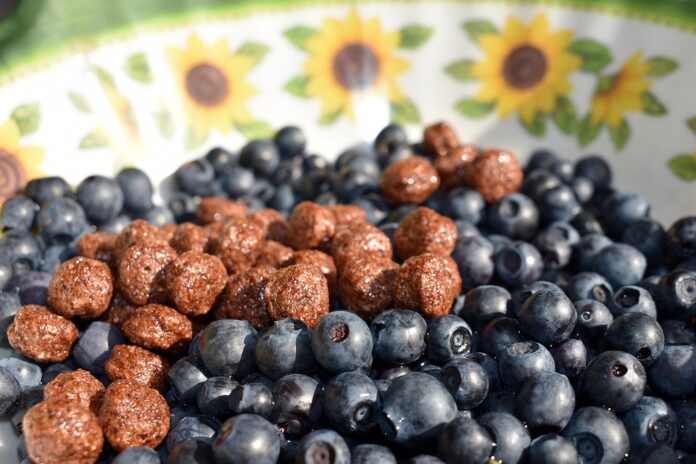Introduction
Breakfast cereals are a popular and convenient choice for many people to start their day. Corn, wheat, and rice are three common grains that are processed into breakfast cereals. In this report, we will explore how these grains are processed into breakfast cereals, the companies involved in the industry, and the financial aspects of this market.
Processing of Corn into Breakfast Cereals
1. Corn Milling
The process of turning corn into breakfast cereals begins with corn milling. The corn kernels are cleaned and then milled to produce corn flour. This flour is then mixed with water to create a dough that can be shaped into different cereal shapes.
2. Extrusion
After milling, the corn dough is passed through an extruder, which uses heat and pressure to cook the dough and form the desired cereal shapes. The extrusion process also helps to puff up the cereal and give it a crunchy texture.
3. Flavoring and Coating
Once the cereal shapes are formed, they are typically flavored and coated with sugar, salt, or other ingredients to enhance their taste. The cereals are then dried to remove any excess moisture before packaging.
Processing of Wheat into Breakfast Cereals
1. Wheat Cleaning and Milling
Wheat kernels go through a cleaning process to remove any impurities before being milled into wheat flour. The flour is then mixed with water to create a dough that can be shaped into cereal pieces.
2. Cooking and Shaping
The wheat dough is cooked using steam and pressure to gelatinize the starches and form the cereal shapes. The shapes are then dried and toasted to give them a crispy texture.
3. Flavoring and Packaging
After toasting, the wheat cereals are flavored with ingredients such as cinnamon, honey, or fruit flavors. They are then packaged in boxes or bags for sale to consumers.
Processing of Rice into Breakfast Cereals
1. Rice Milling
Rice kernels are first milled to remove the outer husk, bran, and germ layers, leaving behind white rice. The white rice is then ground into rice flour, which is used to make rice-based cereals.
2. Forming and Cooking
The rice flour is mixed with water to create a dough that can be shaped into cereal pieces. The pieces are then cooked using a combination of heat and pressure to puff them up and give them a crunchy texture.
3. Flavoring and Packaging
After cooking, the rice cereals are flavored with ingredients such as sugar, salt, or artificial flavorings. They are then packaged and sealed to maintain freshness before being shipped to retailers.
Industry Insights and Companies
The breakfast cereal industry is dominated by major players such as Kellogg’s, General Mills, and Post Consumer Brands. These companies have a significant market share and offer a wide range of cereal products made from corn, wheat, rice, and other grains.
According to industry data, the global breakfast cereal market was valued at $40.9 billion in 2020 and is projected to reach $52.3 billion by 2027, growing at a CAGR of 3.3% during the forecast period. The increasing demand for convenient and healthy breakfast options is driving the growth of the market.
Kellogg’s, one of the largest breakfast cereal manufacturers, reported net sales of $13.77 billion in 2020, with a net income of $1.17 billion. General Mills, another major player in the industry, reported net sales of $17.63 billion in 2020, with a net income of $2.25 billion.
Conclusion
In conclusion, corn, wheat, and rice are processed into breakfast cereals through a series of milling, shaping, cooking, and flavoring steps. Major companies such as Kellogg’s and General Mills dominate the breakfast cereal industry, which is experiencing steady growth due to the increasing demand for convenient and healthy breakfast options. By understanding the processing methods and industry trends, consumers can make informed choices when selecting breakfast cereals for their morning meals.




